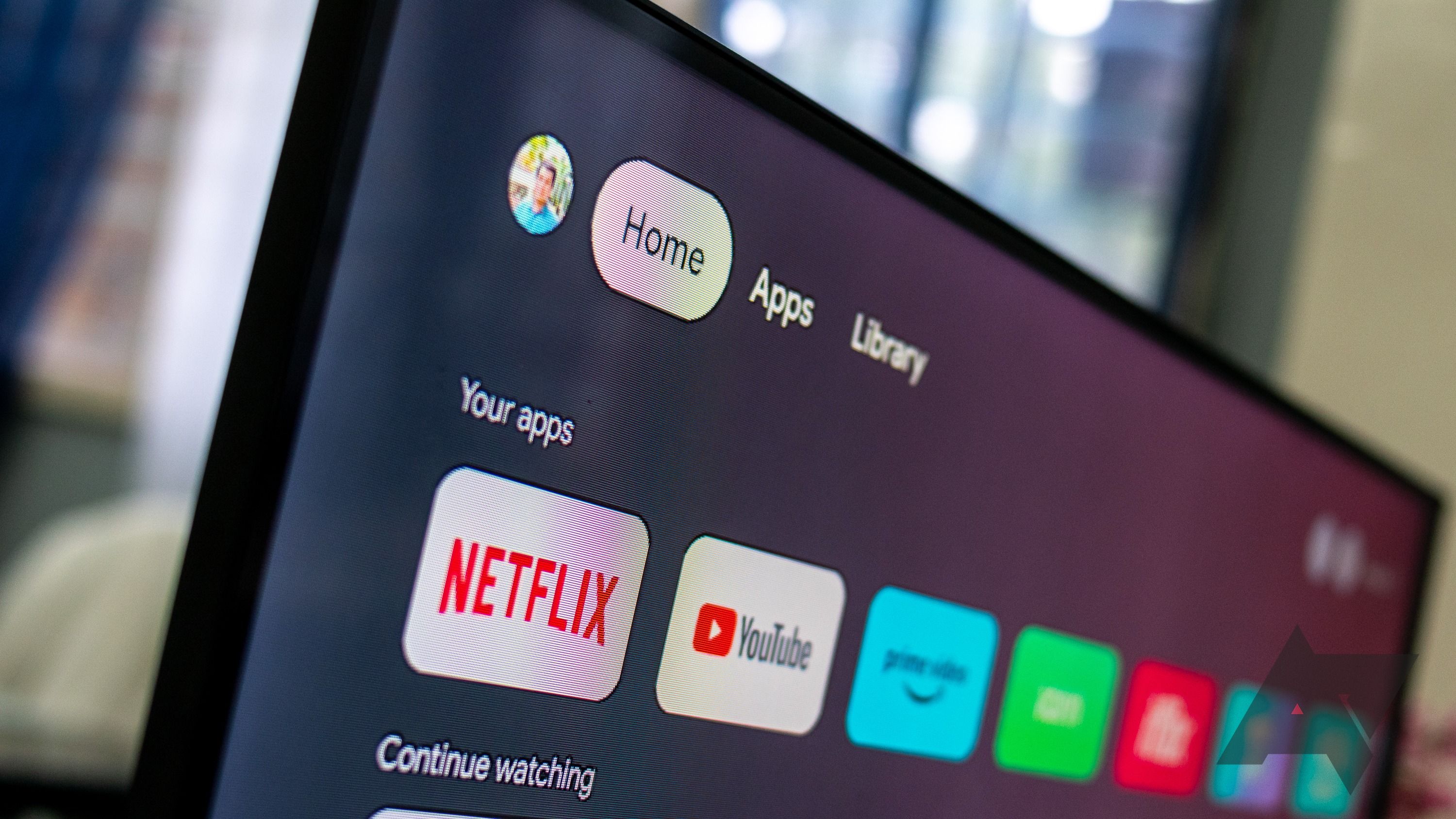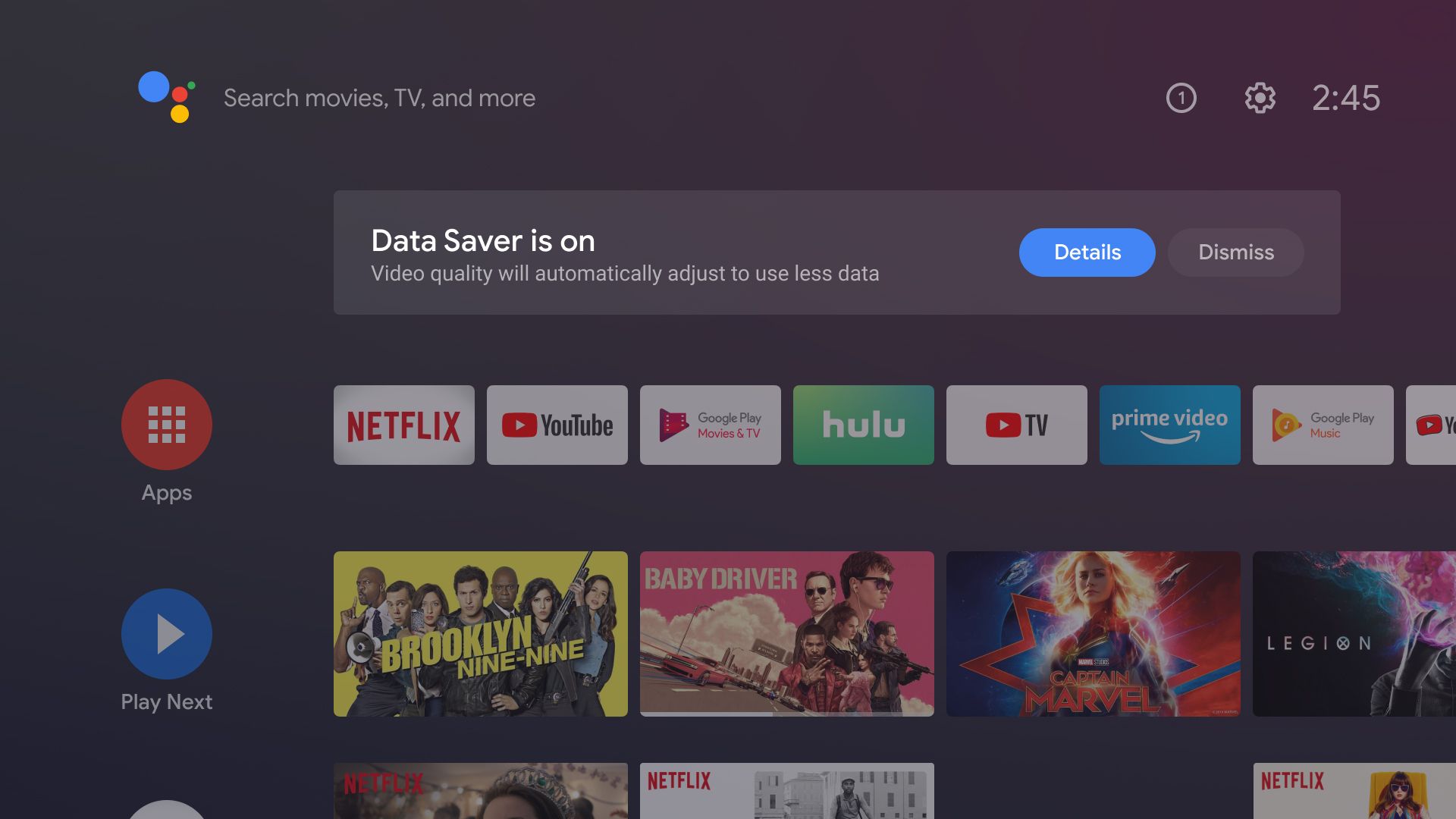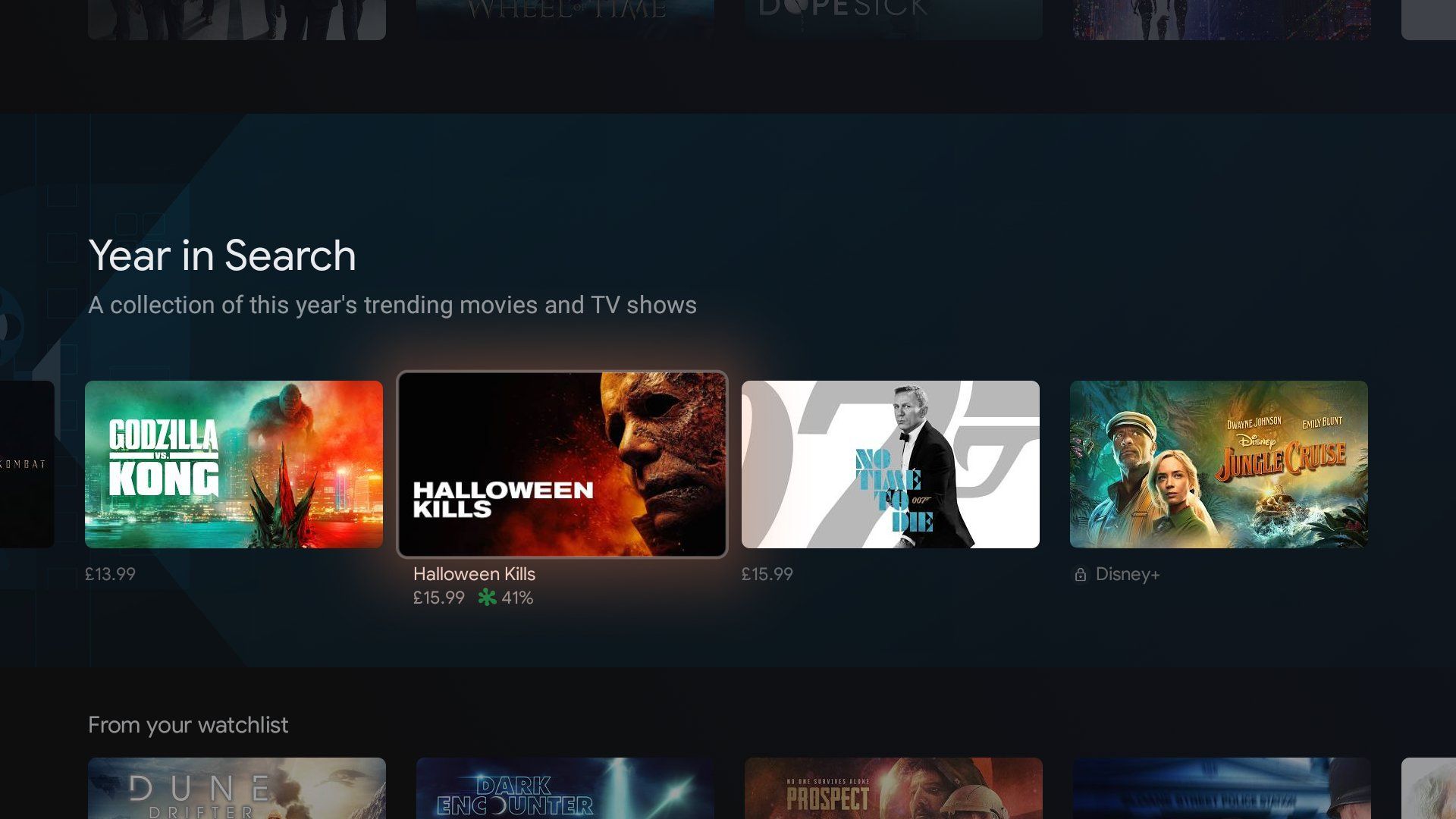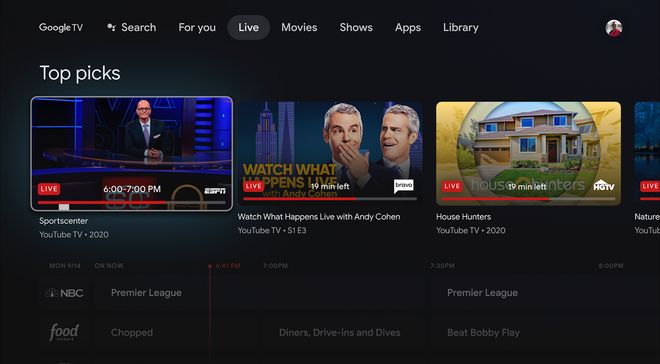Google made an imprint on the tech world. The tech giant owns the world's most popular search engine and builds the most successful smartphones, smartwatches, and smart home devices. Its proprietary operating system, Android, powers most non-Apple phones. Google has the market under lockdown, even influencing home entertainment with the introduction of Google TV in 2020. Google's other operating system, Android TV, has powered smart TVs and the best streaming devices for some time. But what's the difference between Google and Android TV?
Google TV vs. Android TV
Google TV is an up-to-date version of Android TV. Google TV offers more features, greater compatibility, and a better user experience. Android TV provides a cheaper alternative (due to its aging software). Depending on what you're in the market for, both have pros and cons. We examine the main differences between Google and Android TV to help you make better buying decisions.
What is Android TV?
Android TV was released in June 2014 and was a game changer for home entertainment tech, competing with Apple TV, its iOS-powered counterpart.
Android TV is based on the Android mobile operating system, offering access to the Google Play Store for apps and games on your TV. It also gives you handy features like Google Cast support and voice control via Google Assistant. It was quickly adopted as smart TV middleware by Sharp and Sony. Its release led to a range of smart TV boxes preloaded with the operating system.
The key to the Android TV experience is its home screen interface. It encourages content discovery by suggesting shows and movies from your apps and subscription services like Amazon Prime Video, Netflix, Disney+, and YouTube. This feature was improved by Google TV.
What is Google TV?
Google TV reached TV screens in 2020 when it was launched alongside a new version of Google's streaming dongle, the Chromecast with Google TV. It's the de facto smart TV interface for new Google-powered TVs and set-top boxes released by major manufacturers. Rather than being a new operating system, Google TV is a software layer running on top of Android TV. As such, they're similar in many ways.
In the same way that launchers give a makeover and new functionality to Android phones, Google TV brings a new user interface with a different look and feel. Android TV provides the backbone for the experience. As a result, Android TV is still functional, getting updates as recently as December 2022.
As well as sporting a slightly refined design, the newer Google TV interface offers a greater focus on personalized content using AI. It also offers a dedicated tab for live broadcasts. You get additional smart home functionality, a mobile remote through the Google TV app, and other benefits that improve the user experience.
What are the main similarities between Android TV and Google TV?
Android TV and Google TV are TV operating systems from Android that allow you to watch and interact with content. Both platforms offer the same selection of smart TV apps, streaming services, and games. They also feature support for voice commands with Google Assistant, smart home controls, casting with Chromecast, and media streaming.
What are the main differences between Android TV and Google TV? While Google TV and Android TV have many similarities, there are more differences when you get down to the details. Here are the key differences between the two television operating systems.
Discovery
Google TV and Android TV differ in how each platform presents content discovery on the homepage.
Android TV's recommendations are based on streaming apps rather than your taste. Meanwhile, Google TV takes advantage of machine learning, Google Assistant, and Google's Knowledge Graph information base to learn your viewing habits and adjust the home screen accordingly.
Google TV collates this information to populate the For You tab, showing relevant promotions and content specific to your region.
Live TV
Google TV has a live TV tab, which displays previews of active broadcasts from Sling TV and YouTube TV. If something piques your interest, tap the thumbnail to go into the broadcast. You don't need to open multiple apps to find something to watch.
Smart home devices
If you have a Google Home device as part of your smart home ecosystem, you'll want to set up Google TV. It allows more smart home device compatibility. You can use voice commands to turn on your TV, crank up the volume, and turn on your favorite scary movie from Netflix.
Google TV has more than voice commands. It can access the live feeds from security cameras or control smart lights in your home. You can turn on the lights and check that the front door is locked before watching a terrifying movie or show.
Parental Controls
Another difference comes with user profiles and parental controls. Unlike Android TV, Google TV supports multiple user profiles for kids under a single adult's Google account, with personal recommendations for each.
Content restrictions on Android TV are handled via its system-wide parental settings. Google TV lets you create child user profiles with a set of boundaries for the content, which can be managed via the Google Family Link service.
Mobile remote
Nothing is worse than losing the remote. Google TV gives you a backup plan. To access the Google TV app, look for the mobile remote button in the lower-right corner. When you push that, you can control your Google TV interface from your phone without the remote, giving you all the time you need to track it down.
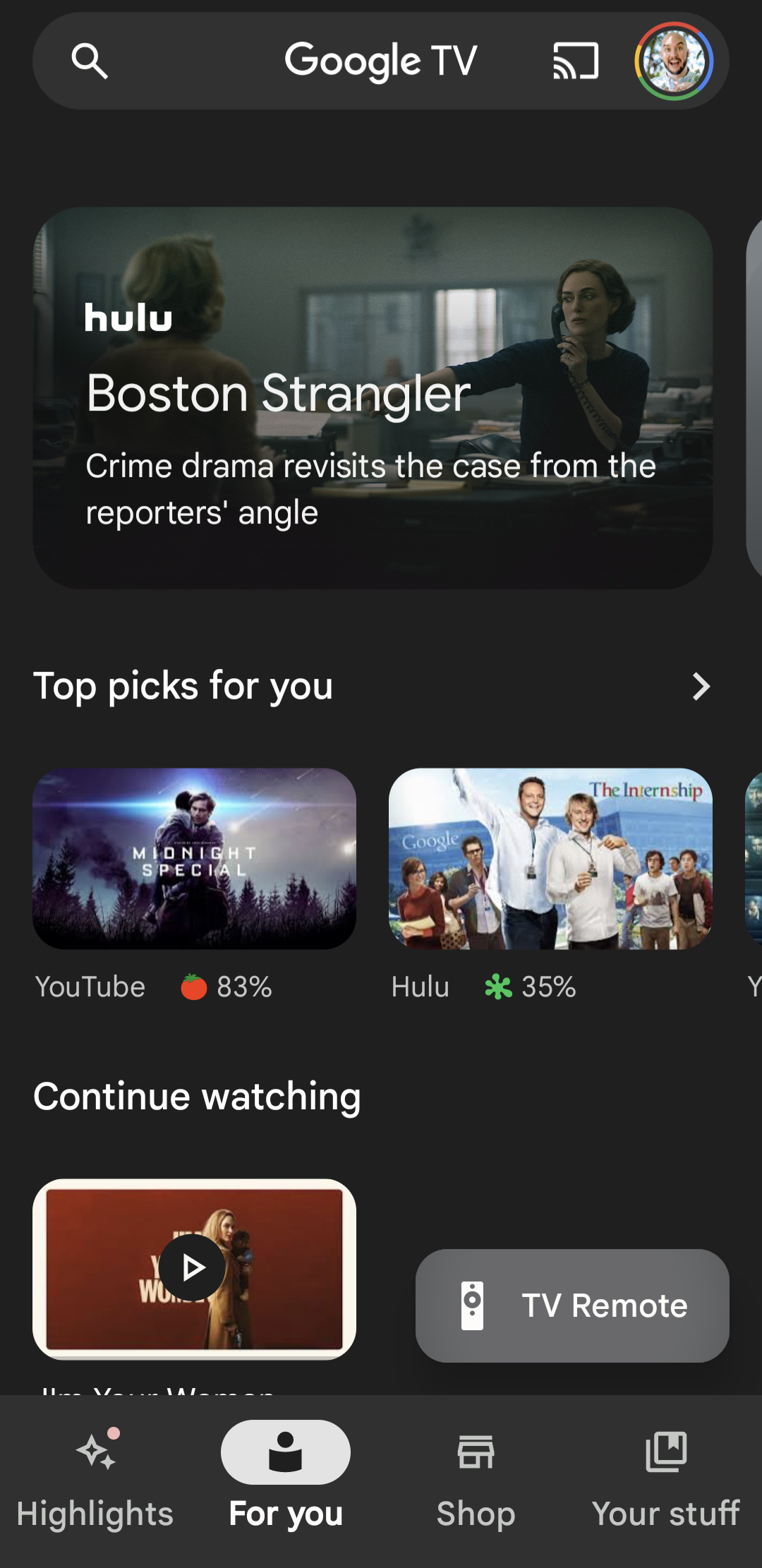
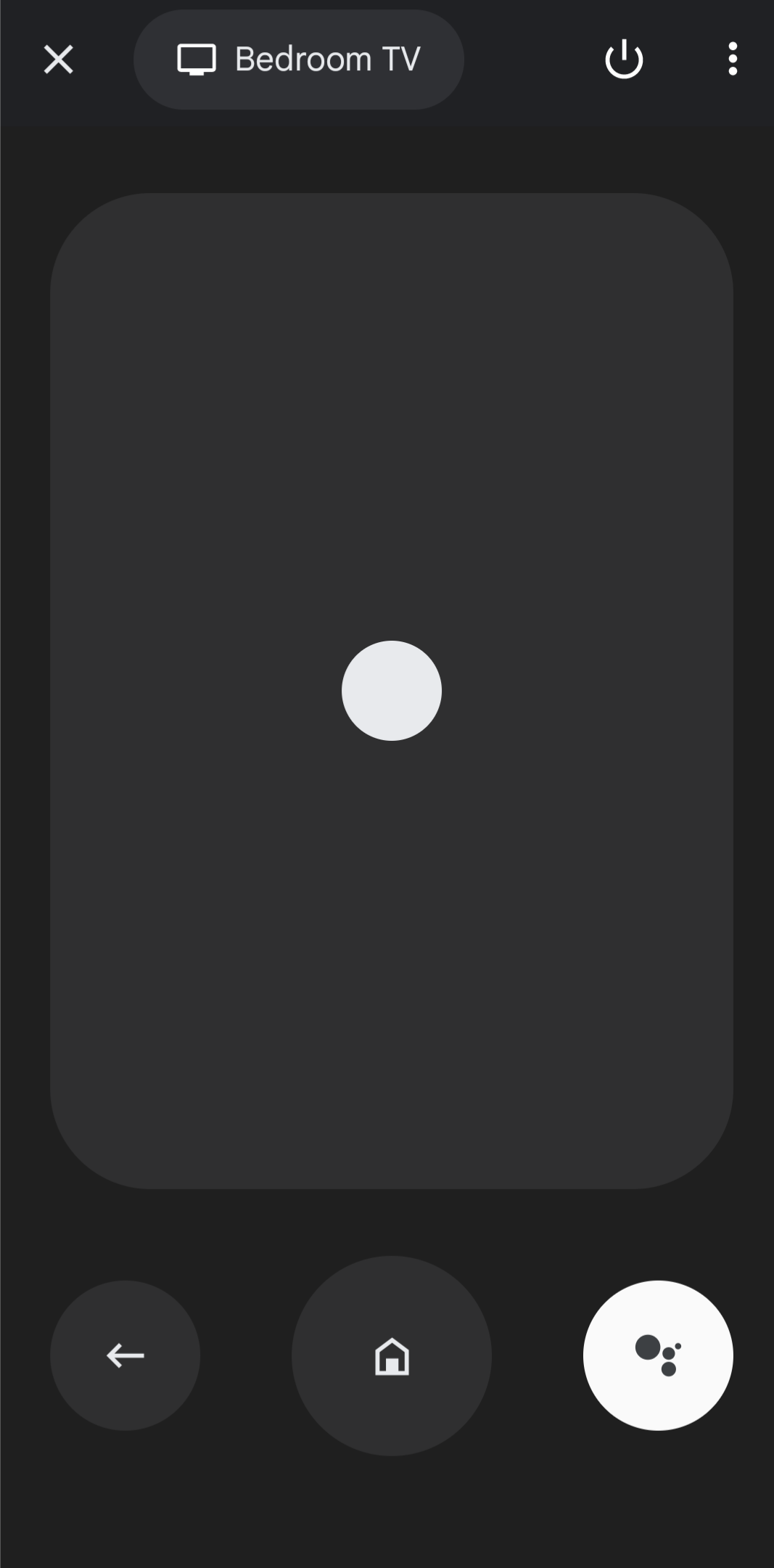
Will Android TV devices be upgraded to Google TV?
Most new Google-powered devices, such as Sony Bravia and TCL TVs, are preloaded with Google TV. But it doesn't look like older Android TV devices will get an upgrade to the new platform.
It's not all bad news for owners of existing Android TV kits, as they won't be left behind. Some Android TV devices such as the NVIDIA Shield, Xiaomi Mi set-top boxes, and Sony TVs received a revamped user interface that looks close to Google TV, with large circular app icons on the left side and some of Google TV's new features being ported over.
Among those additions are the Discover tab, which features content recommendations grouped by genre, and the Watchlist feature. Located under the Library section tab, Watchlist lets you add movies and TV shows you want to check out later.
Google Play Movies & TV for Android TV
Google doesn't have Google Play Movies & TV show up on your Android TV. Devices running the newer Google TV upgrade have full access to content from the Library tab (on YouTube). Those using Android TV from a set-top box can view content using the YouTube app. Otherwise, you can view your purchases and rentals on the web via your linked Google account.
Should I get an Android TV?
If you're in the market for an upgrade on a smart TV, you might own an older smart TV model. Google has shipped devices with the newer interface since 2020, so Android TVs are becoming more scarce than before. Subsequently, we'll always recommend a Google TV, as the feature set is more robust, offers more functionality, and the interface is more user-friendly. Plus, it being Google's primary product ensures these TVs receive software updates more regularly.
Android TVs (if you can find them) are typically more affordable. If you're hunting for one to save on costs, obtaining one isn't a terrible idea. After all, even if the tech is a bit dated, the operating system can still hold its own.

